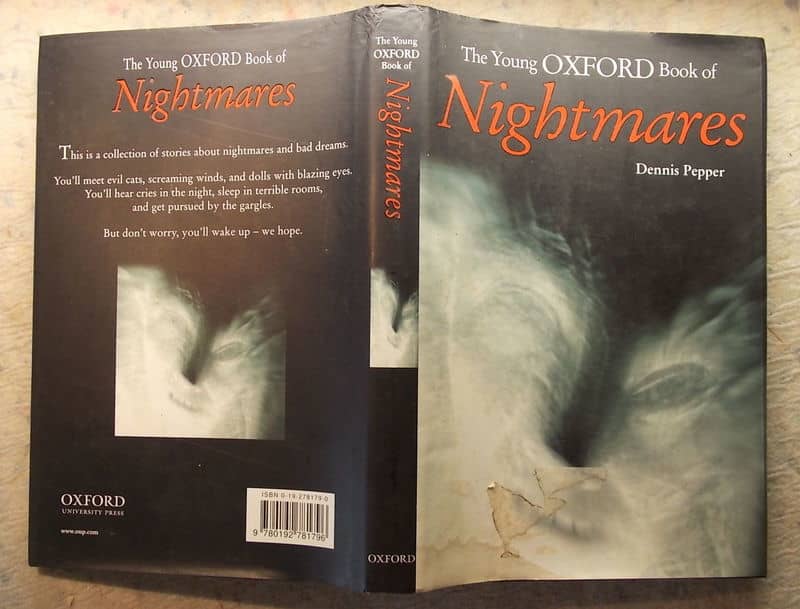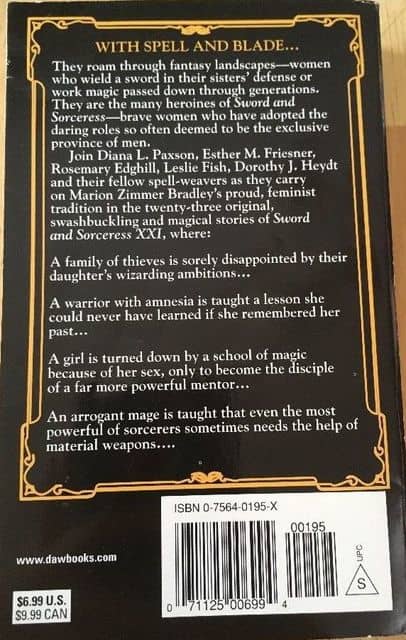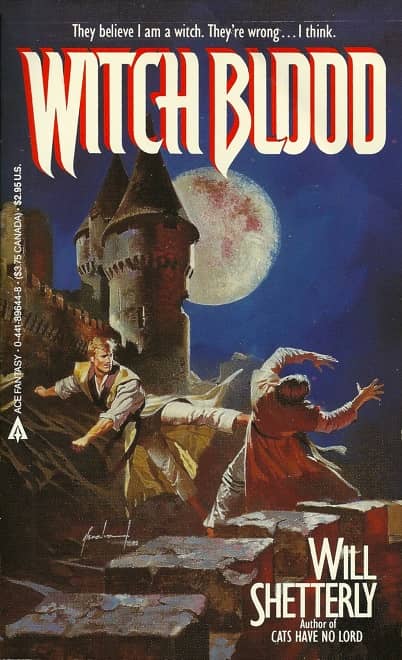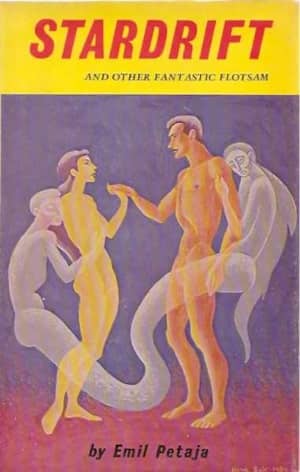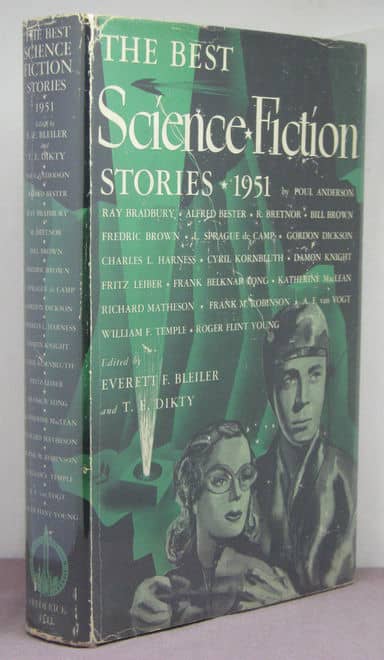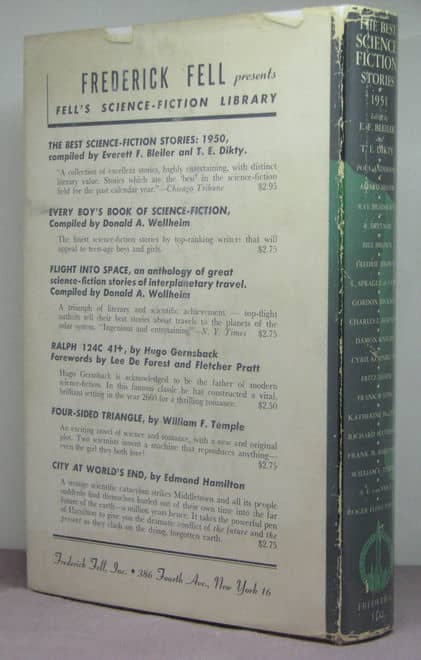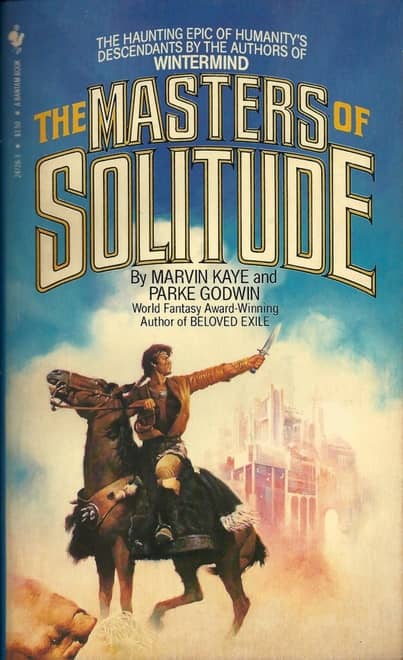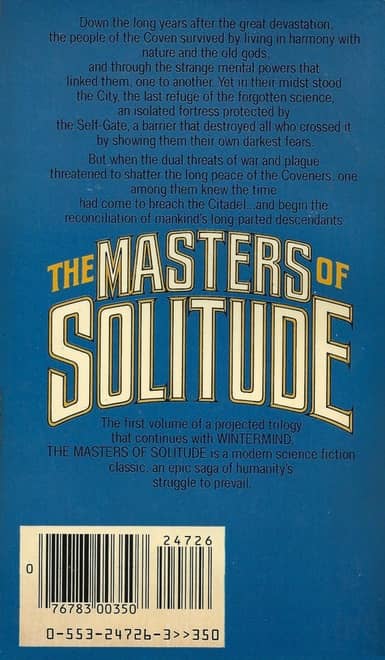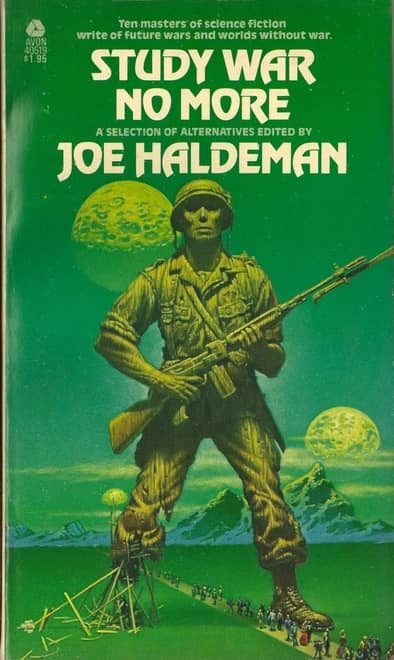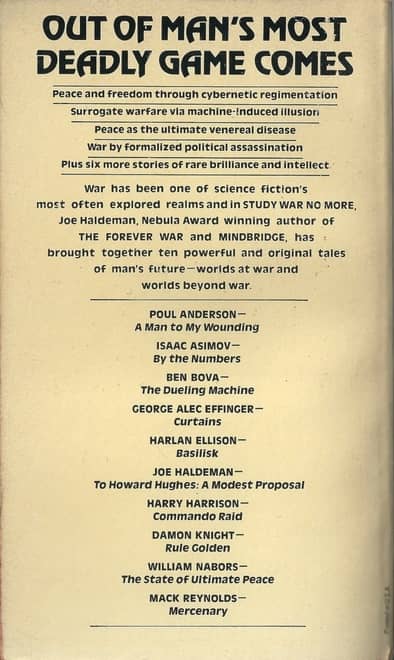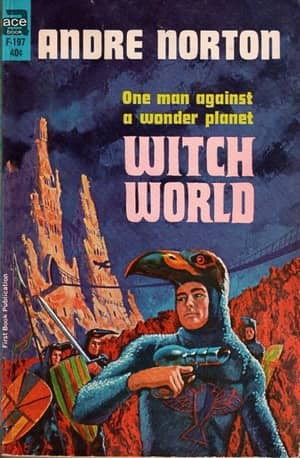Temporal Surges and Shapeshifting Invaders: Rich Horton on Threshold of Eternity by John Brunner and The War of Two Worlds by Poul Anderson
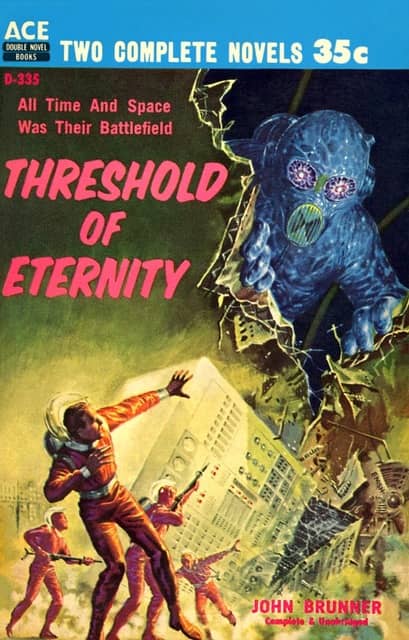 |
 |
One of the reasons I collect Ace Doubles — aside from the great cover art, and their historical significance — is that they frequently featured early work by some of my favorite authors. That’s definitely the case with Double D-335, which paired very early novels from two of the greatest SF writers of the late 20th Century, John Brunner’s Threshold of Eternity and Poul Anderson’s The War of Two Worlds.
Neither volume was reprinted in a standandalone edition after their original back-to-back appearance in 1959, so you can be forgiven if you’re unfamiliar with them. At his website Strange at Ecbatan, interplanetary paperback expert Rich Horton admits he was unaware of them until recently as well. Why review yet another obscure Ace Double?
I realized that it comprised two novels by writers I always enjoy that I was completely unaware of… I figured Anderson and Brunner are always worth a try, and anyway I have a certain quasi-completist attitude towards both of them.
Fair enough. Rich usually does his homework on the background for each book, often digging up some fascinating tidbits, and as usual he doesn’t disappoint.
